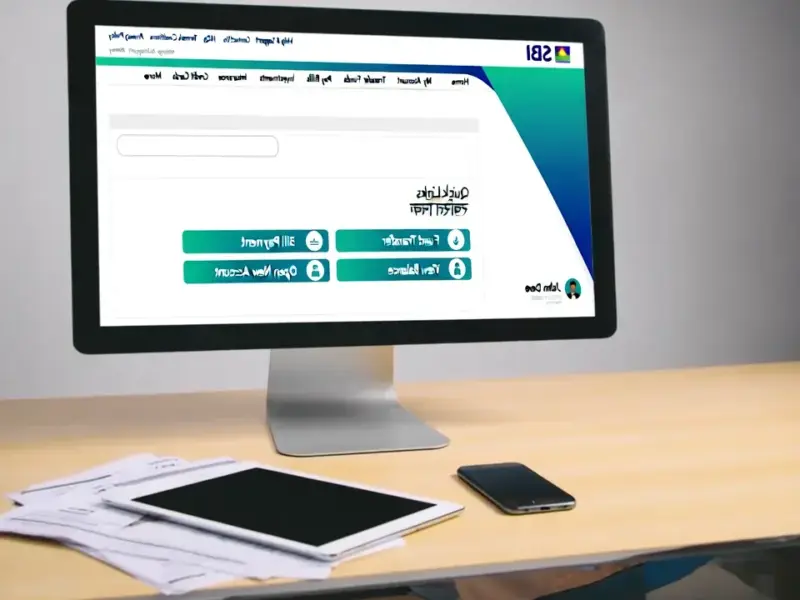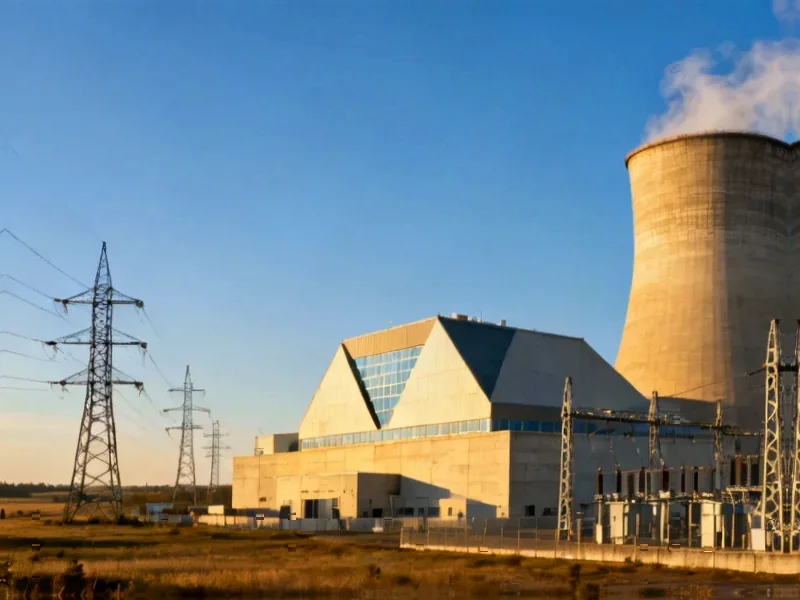According to TechCrunch, Google DeepMind shared a research preview of SIMA 2 on Thursday, the next generation of its generalist AI agent that integrates Gemini’s language and reasoning capabilities. The original SIMA 1, unveiled in March 2024, could only complete complex tasks with a 31% success rate compared to humans’ 71%. SIMA 2 doubles its predecessor’s performance using the Gemini 2.5 flash-lite model and can now understand instructions based on emojis, reason internally about concepts like “the color of a ripe tomato,” and navigate previously unseen environments. Senior research scientist Joe Marino called it “a step change and improvement in capabilities” that’s self-improving and moves toward more general-purpose robots and AGI systems.
Why this matters
Here’s the thing – most AI systems today are either really good at language or really good at physical tasks, but they struggle to combine both. SIMA 2 represents Google‘s attempt to bridge that gap. It’s not just about playing games better – it’s about creating an AI that can understand complex instructions, reason about its environment, and then take appropriate actions. That’s exactly what you’d need for a robot that could actually help around your house without constantly getting confused or stuck.
What really stands out is the self-improvement capability. Basically, SIMA 2 can learn from its own mistakes using AI-generated feedback instead of needing constant human supervision. That’s huge because collecting human training data is expensive and time-consuming. If these systems can teach themselves through trial and error, we could see much faster progress toward capable robotics.
The robotics connection
The DeepMind researchers were pretty clear about where this is headed. Senior staff engineer Frederic Besse explained that for real-world robotics, you need both high-level understanding of what needs to be done AND the ability to reason about it. Think about asking a robot to check how many cans of beans you have – it needs to understand what beans are, what a cupboard is, and then navigate there. SIMA 2 focuses more on that high-level reasoning than the physical joint control, but it’s clearly part of a broader strategy.
And it’s not happening in isolation – DeepMind recently unveiled other robotics foundation models that can reason about the physical world and create multi-step plans. While they’re trained separately from SIMA, the direction is obvious: Google wants to build AI systems that can operate effectively in both virtual and physical environments. For companies implementing industrial automation, this kind of general reasoning capability could eventually transform how we think about robotic systems in manufacturing and logistics environments.
What’s next
So when will we see SIMA 2 in actual robots? The team declined to share a timeline, which honestly makes sense – this is still research, not a product. But the fact that they’re showing this publicly suggests they’re confident enough in the progress to start building excitement and looking for potential collaborations.
I think the most interesting question is how quickly these virtual world skills will transfer to physical robotics. The blog post shows SIMA 2 navigating photorealistic worlds generated by Genie, which is impressive, but real-world physics and unpredictability are another challenge entirely. Still, if they can get the reasoning and planning parts working reliably in simulation, that’s a massive step forward.
Look, we’re not getting Rosie the Robot tomorrow. But SIMA 2 represents meaningful progress toward AI systems that can actually understand and operate in complex environments. And that’s probably more important in the long run than just chasing bigger language models.




